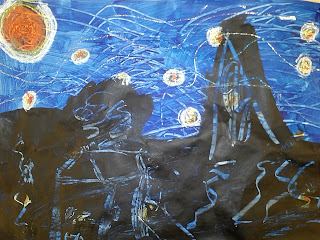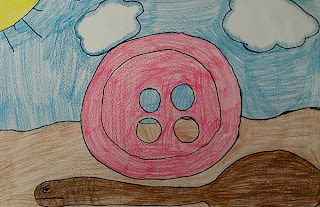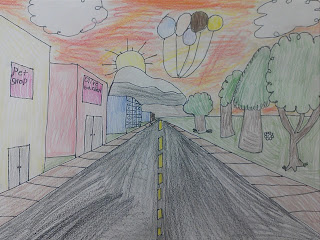3 Class Periods
 |
| Starry Night, First Grade Art Lesson |
Vincent van Gogh was born in The Netherlands on March 30, 1853. He is known as a Post-Impressionist painter. His painting style is very recognizable due to his use of heavy pigment and expressive brush strokes that give his artwork a sense of movement.
He created over 2,000 sketches, drawings and paintings during his life time, however, Vincent never knew fame or fortune. He sold only 1 painting during his whole career!
Starry Night is his most well known piece. Vincent painted the piece in 1889. Today it is considered priceless. It can be viewed at the Museum of Modern Art in New York City, which acquired the piece in 1941.
Vincent van Gogh died July 29, 1890 from a self-inflicted gun shot wound. He was only 37 years old when he died.
 |
| Artist Vincent van Gogh. Self-portrait. Starry Night by Vincent van Gogh. |
- Student's viewed a power point about the life and work of Vincent van Gogh. His painting of Starry Night was discussed and examined in great detail.
This video clip allows students to understand the movement Van Gogh created within his piece.
- Students used oil pastels in orange, yellow and white to create glowing stars on 12 x 18 inch heavy white paper. Students were instructed to place stars from the top to the bottom of the paper.
 |
| Student creating stars. |
- The classroom is set up in numerous stations for this day.
- Finish stars that were not completed the class before.
- Students paint the entire paper as quickly as they can with blue paint.
- After the paper is covered texturing tools are used to scrap into the paint, which creates the wind.
 |
| Student creating wind within the painting. |
Station Three (Create Horizon Line):
- Using black paint, students create a horizon line upon the composition. Everything beneath the horizon line is painted black.
- Rubber tipped drawing tools are used to draw into the black paint. Students can create buildings, rocks, roads, trees and shrubs.
- Pieces are placed on drying rack when completed.
- Students viewed YouTube clip on work created by Vincent van Gogh.
This is one of my favorite videos I share with my students all year long!
- Students used oil pastels to re-draw stars they felt needed to be brightened within the composition.
 |
| Student brightening up stars with oil pastels. |
- Glitter glue was added to the sky to add just the right amount of twinkle to each star and show emphasis for the wind.













































